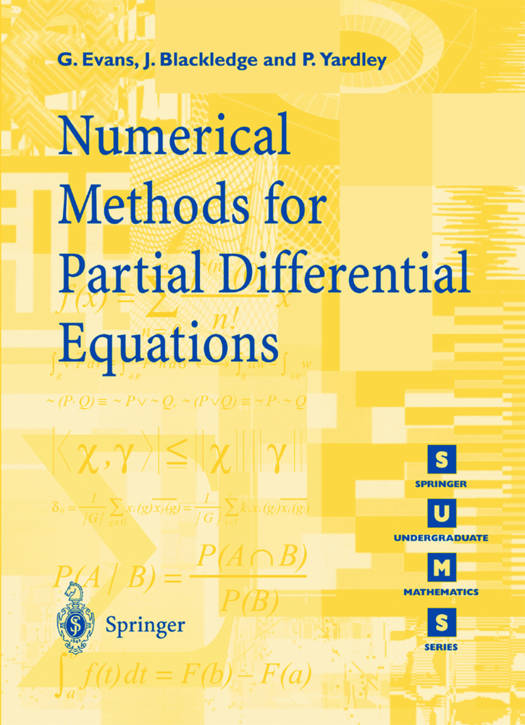
- Retrait gratuit dans votre magasin Club
- 7.000.000 titres dans notre catalogue
- Payer en toute sécurité
- Toujours un magasin près de chez vous
- Retrait gratuit dans votre magasin Club
- 7.000.0000 titres dans notre catalogue
- Payer en toute sécurité
- Toujours un magasin près de chez vous
36,95 €
+ 73 points
Description
Partial differential equations fall into several areas of mathematics: many of the greatest advances in modern science have been based on discovering the underlying PDE for the process in question. In this book, the emphasis is on the practical solution of problems rather than the theoretical background. An introductory chapter recaps the mathematical preliminaries required and exercises with solutions are provided. With its companion volume, Analytic Methods for Partial Differential Equations, it provides a complete introduction to the subject.
Spécifications
Parties prenantes
- Auteur(s) :
- Editeur:
Contenu
- Nombre de pages :
- 290
- Langue:
- Anglais
- Collection :
Caractéristiques
- EAN:
- 9783540761259
- Date de parution :
- 27-10-99
- Format:
- Livre broché
- Format numérique:
- Trade paperback (VS)
- Dimensions :
- 188 mm x 231 mm
- Poids :
- 544 g

Les avis
Nous publions uniquement les avis qui respectent les conditions requises. Consultez nos conditions pour les avis.






